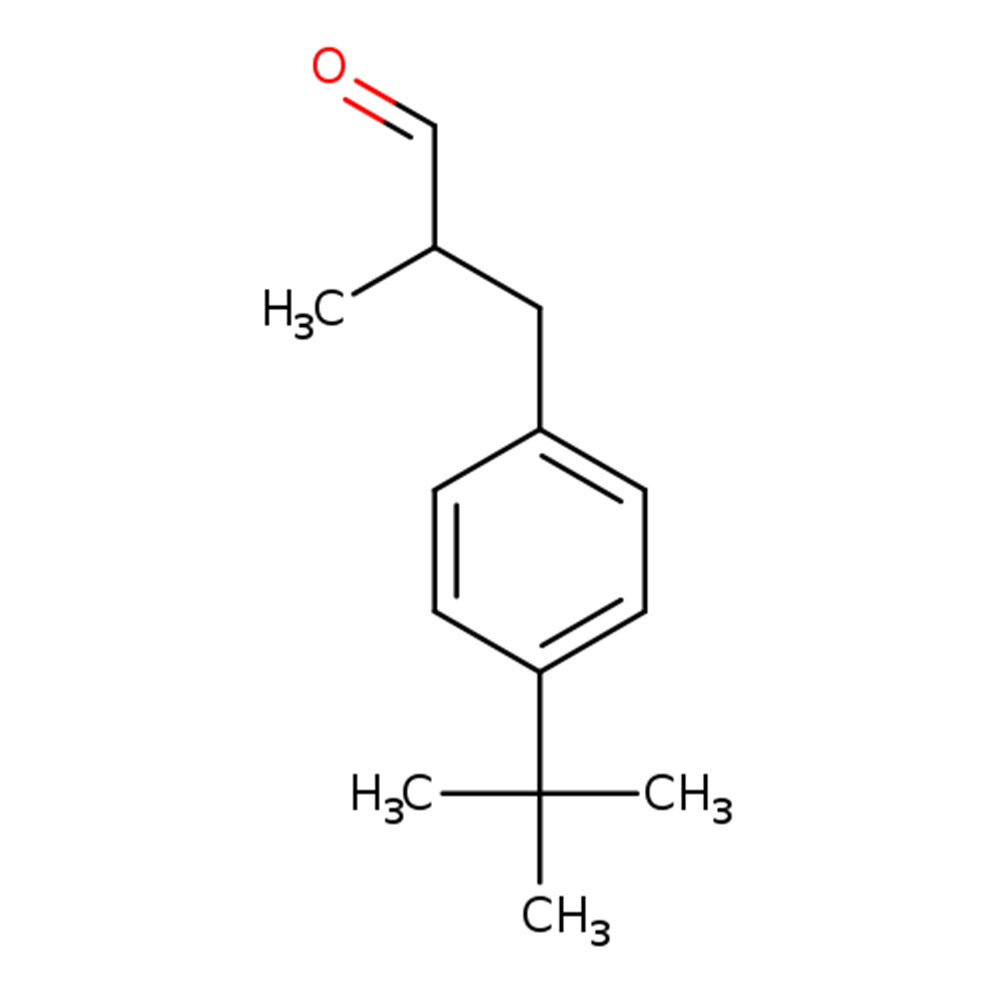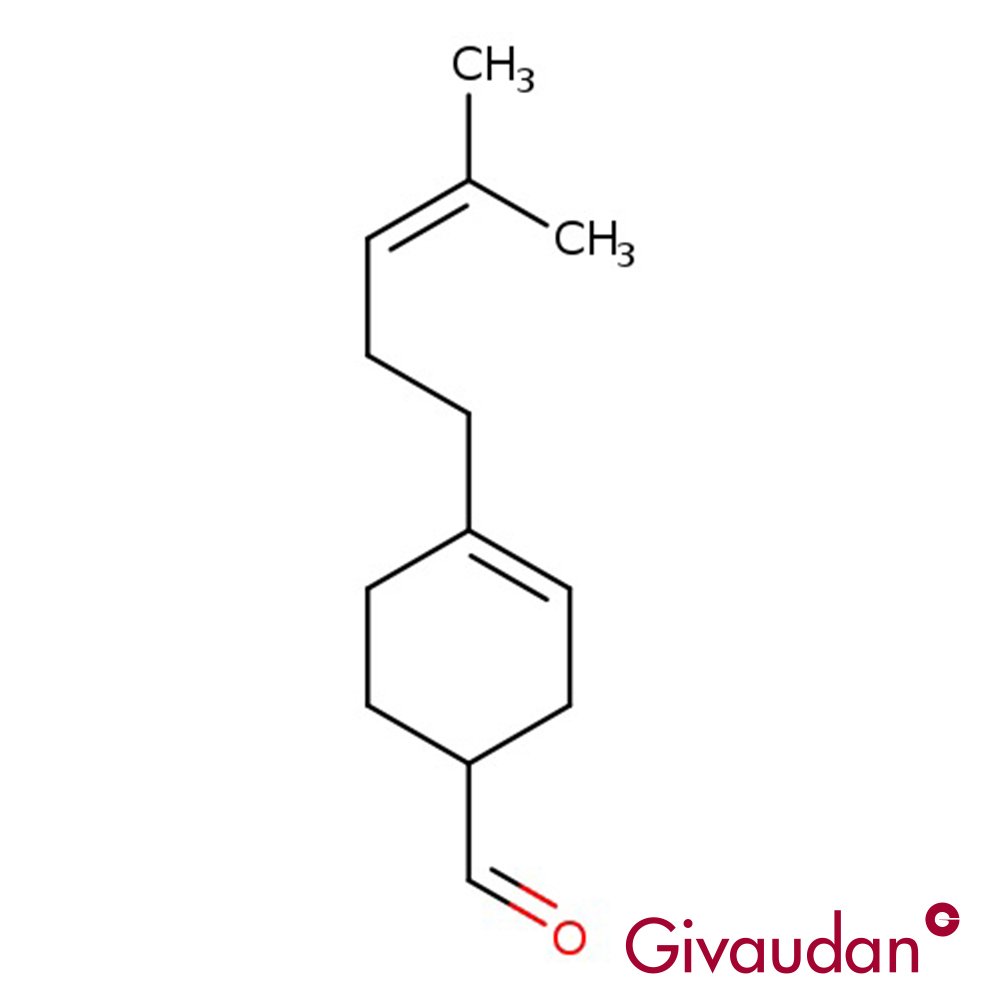Aldehyde C16 EPG (Ethyl Phenyl Glycidate)
Premium Synthetic Ingredient for Perfumery
Aldehyde C16 EPG (Strawberry Aldehyde 2) or Ethyl Phenyl Glycidate, produced by IFF, is a versatile aroma chemical with a strong fruity scent reminiscent of strawberries. Ideal for fruity, gourmand, and floral compositions, it blends seamlessly with ionones, aldehydes, lactones, and woody notes. Perfect for perfumery and flavor applications.
Premium Synthetic Ingredient for Perfumery
Aldehyde C16 EPG (Strawberry Aldehyde 2) or Ethyl Phenyl Glycidate, produced by IFF, is a versatile aroma chemical with a strong fruity scent reminiscent of strawberries. Ideal for fruity, gourmand, and floral compositions, it blends seamlessly with ionones, aldehydes, lactones, and woody notes. Perfect for perfumery and flavor applications.
Premium Synthetic Ingredient for Perfumery
Aldehyde C16 EPG (Strawberry Aldehyde 2) or Ethyl Phenyl Glycidate, produced by IFF, is a versatile aroma chemical with a strong fruity scent reminiscent of strawberries. Ideal for fruity, gourmand, and floral compositions, it blends seamlessly with ionones, aldehydes, lactones, and woody notes. Perfect for perfumery and flavor applications.
🏭 Manufacturer — IFF
🔎 Chemical name — ETHYL 3-PHENYLOXIRANE-2-CARBOXYLATE
📂 CAS N° — 121-39-1
📘 FEMA — 2454
⚖️ MW — 192.21 g/mol
📝 Odor type — Fruity
📈 Odor Strength — Medium
👃🏼 Odor Profile — Strong fruity aroma suggestive of strawberry
⚗️ Uses — Core strawberry note in fruity, gourmand, floral compositions. Blends well with ionones (violet), hydroxycitronellal, aldehydes, lactones (milky tones), and woody notes (Arctander, 1969).
Aldehyde C-16 (Ethyl Methylphenylglycidate) & Ethyl 3-Phenylglycidate (Aldehyce c16 EPG): A Comprehensive Overview
Introduction
The world of aroma chemicals contains many compounds with overlapping names but distinct properties. Two compounds often confused are Aldehyde C-16 (Ethyl Methylphenylglycidate, CAS 77-83-8) and Ethyl 3-Phenylglycidate (Strawberry Glycidate 2, CAS 121-39-1).
Both have been used in flavors and fragrances, but Aldehyde C-16 has a more established history in perfumery, while Ethyl 3-Phenylglycidate remains a niche molecule primarily used in research and flavor applications.
Aldehyde C-16 (Ethyl Methylphenylglycidate)
Historical Context
Discovery (1903–1910s): The origins of Aldehyde C-16 trace back to the early 20th century with advancements in glycidic esters. It was first synthesized through a Darzens condensation reaction involving acetophenone and ethyl chloroacetate, creating a mixture of stereoisomers that contribute to its characteristic strawberry scent (Sell, 2006).
Perfume and Flavor Adoption (1920s–1960s):
Lipstick and Cosmetics (1920s): Used to mask unpleasant base odors from castor oil and stearic acid in lipsticks, while imparting a pleasant fruity-jam note (Arctander, 1969).
Flavor Industry (1920s-1960s): Utilized in hard candies and confectionery before improved synthetic strawberry flavors became dominant (Perfumer & Flavorist, 2016).
Impact of Chanel No. 5 (1921): Although Aldehyde C-16 was not directly used in Chanel No. 5, the fragrance's success popularized aldehydes, including those with fruity characteristics like C-16. This led to its increased use in perfumery (Edwards, 1997).
Modern Applications (1970s–Present): Despite the decline in food applications, Aldehyde C-16 remains a key component in perfumery, valued for its sweet, fruity, strawberry-like character with floral and honeyed nuances (Good Scents Company, n.d.).
Chemical and Physical Properties
CAS Number: 77-83-8
Chemical Formula: C₁₂H₁₄O₃
Molecular Weight: 206.24 g/mol
Appearance: Clear, colorless to pale yellow liquid
Odor: Strong, fruity, strawberry-like, with floral and honey undertones
Boiling Point: 260–302°C
Melting Point: Below -50°C
Density: 1.09 g/mL at 25°C
Flash Point: 131°C
Refractive Index: 1.496–1.506 at 20°C
Vapor Pressure: 0.00023 kPa at 20°C
Uses in Perfumery & Flavoring
Fragrance Applications:
Core strawberry note in fruity, gourmand, floral compositions.
Blends well with ionones (violet), hydroxycitronellal, aldehydes, lactones (milky tones), and woody notes (Arctander, 1969).
Flavor Industry:
Previously used in candies, gums, chocolates.
GRAS (Generally Recognized as Safe) for food use but less common today (FDA, 2021).
Cosmetic Industry:
Found in lipsticks, body care, and soaps.
Safety and Regulatory Information
GRAS Status: Recognized as safe by the U.S. FDA (FDA, 2021).
Toxicity: Long-term studies show no carcinogenic effects (Good Scents Company, n.d.).
Environmental Impact:
Low bioaccumulation (ECHA, 2023).
Toxic to aquatic life.
References
Arctander, S. (1969). Perfume and Flavor Materials of Natural Origin. Allured Publishing.
Edwards, M. (1997). Perfume Legends: French Feminine Fragrances. Crescent House Publishing.
European Chemicals Agency (ECHA). (2023). Substance Information: Ethyl Methylphenylglycidate. Retrieved from https://echa.europa.eu
FDA (U.S. Food and Drug Administration). (2021). GRAS Substances Database. Retrieved from https://www.fda.gov
Good Scents Company. (n.d.). Ethyl Methylphenylglycidate Data Sheet. Retrieved from http://www.thegoodscentscompany.com
Perfumer & Flavorist. (2016). An Aroma Chemical Profile: Ethyl Methyl Phenyl Glycidate. Retrieved from https://www.perfumerflavorist.com
PubChem Database. (2023). Ethyl 3-Phenylglycidate Compound Information. Retrieved from https://pubchem.ncbi.nlm.nih.gov
Sell, C. (2006). The Chemistry of Fragrances: From Perfumer to Consumer. Royal Society of Chemistry.







